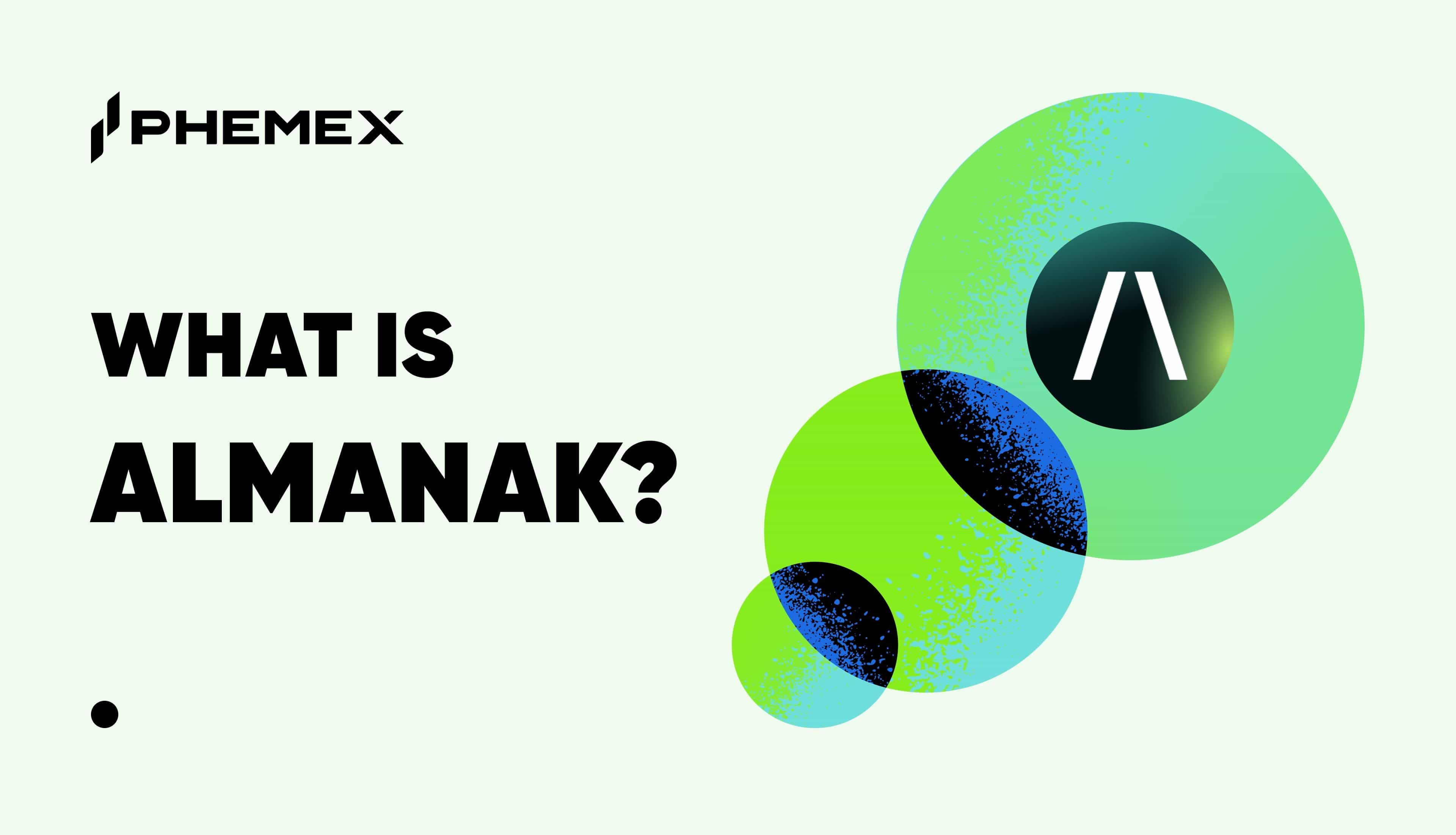Summary
- The Synapse protocol allows for the transfer of assets between different blockchains.
- It supports up to 16 chains including both Layer 1 and Layer 2 networks such as Ethereum, BSC, Polygon, Avalanche, Arbitrum and Optimism.
- The protocol has seen a lot of growth due to the demand for a secure and efficient way to transfer assets between different blockchains; in May 2020, it surpassed $10 billion in worth of total assets bridged.

What Is The Synapse Protocol?
The Synapse protocol is a cross-chain bridge that allows for the transfer of assets between blockchains, securely and efficiently. In other words, it exists to solve the problem of cross-chain interoperability by enabling core blockchain activities like asset transfers, swapping, and messaging by offering decentralized, permissionless transactions between L1, L2 and sidechain ecosystems.
For example, people can use Synapse Bridge to transfer stablecoins from blockchains such as Ethereum, Polygon, Avalanche, Harmony and more. Developers can also use the Synapse protocol to create useful cross-chain applications such as cross-chain DEXs, derivative markets, and landing platforms.
Users simply need to outline the following information:
- What network they want to transfer funds from: This could be Ethereum or any other network that is connected to Synapse.
- What assets they want to bridge or transfer: This could be any ERC-20 token, BEP-20 token, or any other asset that is supported by Synapse.
- The destination chain: Where they want to send the assets to.
- The amount: The amount of assets they want to transfer.
Once the user has provided this information, they will also need to give Synapse the approval to make transactions by approving the token and then they can go ahead to bridge the token.
The native Synapse crypto, SYN token, trades on several exchanges with a circulating supply of 180.2 million tokens at a price of $0.97 at the time of writing for a market cap of $173.4 million.

How Does the Synapse Protocol Work?
The Synapse Network
The Synapse network is a decentralized, leaderless platform. It is secured by cross-chain multi-party computation (MPC), which operates using threshold signature schemes (TSS) which are private and public keys used to authenticate transactions.
This is how it ensures high security standards: When on-chain events are received on any of the chains being tracked by the MPC validators, each validator runs the same process, and when two-thirds of the validators have signed the transaction, the network reaches a consensus, the transaction is validated and sent to the destination chain.
Synapse users reach out to the community to become validators. In order to participate in the validation process, validators must stake SYN to help secure the network. If they engage in dishonest or malicious behaviours, validators’ staked balances will be penalized, just like how other proof-of-stake chains work.
Cross Chain AMM
The Synapse automated market maker (AMM) technology transforms tokens from one blockchain into the native of tokens of a destination chain through the use of stable swap algorithms, which is responsible for determining an exchange price for assets within the cross-chain liquidity pools. This ensures a smooth transfer of assets between different platforms and ecosystems with minimal inefficiencies, losses and slippages.
SYN Token
The SYN token is the native token of the Synapse protocol, used to access services on the network. Core functionalities of the SYN token include:
- Staking: Validators stake SYN tokens to become a part of the network and earn rewards.
- Protocol fees and gas fees: Fees for executing transactions on the network are paid in SYN tokens. This includes fees for creating and interacting with smart contracts, fees for cross-chain swaps, and fees for ensuring the security of the network.
- Incentives and rewards: The SYN token is used to incentivize good behaviour on the network such as providing liquidity, maintaining high-quality data, and participating in governance.
- Governance: SYN token holders can vote on platform governance decisions.
Protocol Fees
There are 6 types of fees on the Synapse protocol:
- Swap Fee: A fee charged when users want to swap assets between different blockchains that are connected to Synapse.
- Bridge Fee: Charged when users want to move assets from one blockchain that is not connected to Synapse, to another blockchain that is connected to Synapse.
- Admin Fee: Charged by the network in order to pay for the costs of maintaining and developing the protocol.
- Deposit Fee: Charged when users want to deposit assets into the network in order to be able to swap them.
- Withdrawal Fee: Charged when users want to withdraw assets from the network. The fees collected by the protocol will be used to pay for the costs of maintaining and developing the network, as well as to pay for the rewards given to validators.
- Validator Fee: Charged by the validators for their services in verifying and validating transactions on the network.
What is Synapse Chain?
The Synapse Chain is creating a proof-of-stake (PoS) based smart contract platform that secures the protocol’s messaging system. The Synapse chain aims to increase capital efficiency and cut SYN emissions on the Synapse platform by eliminating AMM pools on each chain and replacing that with liquidity on the Synapse chain.
The Synapse chain will also allow developers to build new sets of protocols which will be able to interact with assets on other blockchains.
In addition, the Synapse ecosystem will eventually include core DeFi features such as a decentralized exchange (DEX), derivatives and lending platforms.
Is Synapse Bridge Safe?
The Synapse bridge is designed to be a secure and efficient way to transfer assets between different blockchains. The project has also been audited by multiple security firms. It is constantly being monitored by the team to guard against security vulnerabilities. In November 2021, Synapse’s network validators identified unusual activity in the platform’s AMM metapools and successfully prevented an attempt of an $8 million cross-chain breach.
Synapse Surpassed $10 Billion in Bridged Volume
The Synapse protocol has seen much growth since it was launched in 2019. The current total pool volume is $23.85 billion with a total revenue of $17.37 million. Synapse supports up to 16 chains including both Layer 1 and Layer 2 networks such as Ethereum, Polygon, Avalanche, Arbitrum and Optimism.
With industry-leading speeds, Synapse achieved a new milestone in May 2020 as the protocol surpassed $10 billion in worth of total bridged assets. This is not surprising – as the DeFi ecosystem saw exponential growth in 2021, so has the demand for a secure and efficient way to transfer assets between blockchains.

Synapse Protocol Weaknesses & Competitors
While Synapse Protocol currently supports most of the popular chains and assets, one of its weaknesses is that Synapse only supports a limited number of chains and assets. The team is continuously working on adding more assets and chains to the protocol but it will take some time before Synapse is able to support all assets and chains.
Competitors include Ren, Wormhole, Multichain, Stargate, and Arwen, but Synapse has gained a reputation as the most efficient protocol for transferring assets between different blockchains.
Who Is Behind Synapse Crypto?
There is not a whole lot of information about the Synapse team, but in a March 2022 Twitter post, Max Bronstein announced that he would be joining the Synapse protocol core team as the COO. Bronstein has previously held positions at other crypto startups such as Coinbase and Dharma. Synapse has received funding from several investors such as Alameda Research, CMS Holdings, DeFiance Capital, Immutable Capital, and Mechanism Capital.
Synapse (SYN) Coin Price Prediction & History
A rebranded version of Nerve finance which was originally launched in March 2021, the Synapse crypto (SYN) was launched on 26 September 2021 at a price of $2.38 after which it experienced a bearish trend until October 2021. The token started seeing a significant rise, reaching an all-time high of $5.01 in October 2021. This can largely be attributed to increasing interest in the project, the rebrand and partnership announcements.

Synapse (SYN) price history from September 2021 to July 2022 (Source: CoinMarketCap)
However from May 2022, it started to see a drop in value which can be associated with Bitcoin’s price depreciation and a general downtrend in the crypto markets. Today, the SYN crypto trades for $0.97 with a circulating supply of 180.2 million tokens and a market cap of $173.4 million.
Conclusion
The Synapse protocol has proven to be a secure and efficient way to transfer assets between different blockchains. Although it has experienced some challenges such as the attempted $8M breach in the fall of 2021, the team behind the project is undaunted, and continues to work on adding new features, improving security and expanding its reach. The future looks promising for the Synapse protocol and its SYN token.
Read More
- What Are Cross-Chain Bridges: Definition, Benefits & Risks
- Synthetix: Is SNX A Good Investment?
- What are Bridge Attacks & How to Avoid them?
- Synthetic Crypto vs. Traditional Synthetic Assets: Key Differences Explained
- What is Poly Network: Cross-Chain Interoperability Using Smart Contracts
- NuCypher: What does NuCypher use to protect your Data?
- What is Kyber? On-Chain Liquidity Protocol
- Crypto Exchange Security in 2024








